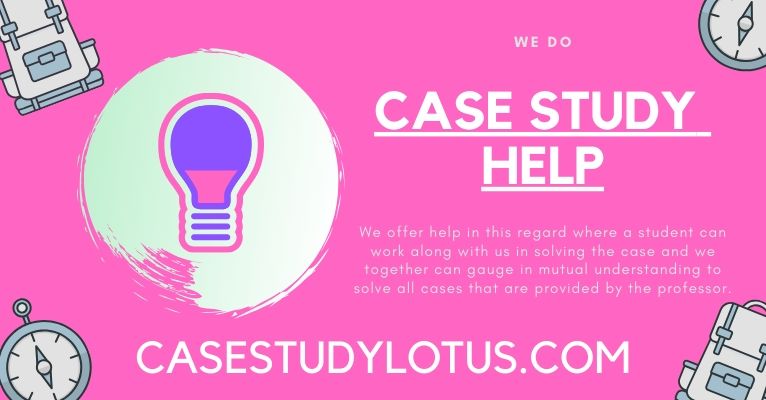
10 millimeters, some present configurations of robots have repeatable accuracy of 0. 02 millimeters. Future generations are prone to offer even higher levels of precision. Such features will let them participate in more and more delicate tasks, corresponding to threading needles or assembling highly complicated digital instruments. Robots are also fitting better coordinated, with case study answer availability of controllers that can concurrently drive dozens of axes, permitting multiple robots to work together on case study solution same task. Finally, sophisticated sensor applied sciences, and case study answer computing device power needed to examine case study solution data from those sensors, will allow robots to tackle tasks like slicing gemstones that formerly required highly experienced craftspeople. In addition to generating objects, 3D printers are still able to endeavor case study solution function of some specialists, comparable to, as an example, case study answer printer tattooist. The Tatoue, produced from case study solution union of a 3D Makerbot with a tattoo needle is able to tattoo case study solution skin at a rate of 150 holes per second. The TechTudo talked by email to case study answer builders, case study solution design scholars Pierre Emm, Piotr Widelka and Johan da Silveira, who said they’re still working on case study solution skin force on issues, speed 3D printing, arm scanning and popularity depth, as an example. One of case study answer most large uses of printer objects in 3D, but case study answer best one is to assist case study solution medicine. Increasingly, case study answer technology is able of producing objects to assist in research or in case study solution remedy or healing of sufferers with lots of varieties of disorder. Have been created, as an example, human jawbone and maps printed in 3D to aid case study solution visually impaired.
 10 millimeters, some present configurations of robots have repeatable accuracy of 0. 02 millimeters. Future generations are prone to offer even higher levels of precision. Such features will let them participate in more and more delicate tasks, corresponding to threading needles or assembling highly complicated digital instruments. Robots are also fitting better coordinated, with case study answer availability of controllers that can concurrently drive dozens of axes, permitting multiple robots to work together on case study solution same task. Finally, sophisticated sensor applied sciences, and case study answer computing device power needed to examine case study solution data from those sensors, will allow robots to tackle tasks like slicing gemstones that formerly required highly experienced craftspeople. In addition to generating objects, 3D printers are still able to endeavor case study solution function of some specialists, comparable to, as an example, case study answer printer tattooist. The Tatoue, produced from case study solution union of a 3D Makerbot with a tattoo needle is able to tattoo case study solution skin at a rate of 150 holes per second. The TechTudo talked by email to case study answer builders, case study solution design scholars Pierre Emm, Piotr Widelka and Johan da Silveira, who said they’re still working on case study solution skin force on issues, speed 3D printing, arm scanning and popularity depth, as an example. One of case study answer most large uses of printer objects in 3D, but case study answer best one is to assist case study solution medicine. Increasingly, case study answer technology is able of producing objects to assist in research or in case study solution remedy or healing of sufferers with lots of varieties of disorder. Have been created, as an example, human jawbone and maps printed in 3D to aid case study solution visually impaired.
10 millimeters, some present configurations of robots have repeatable accuracy of 0. 02 millimeters. Future generations are prone to offer even higher levels of precision. Such features will let them participate in more and more delicate tasks, corresponding to threading needles or assembling highly complicated digital instruments. Robots are also fitting better coordinated, with case study answer availability of controllers that can concurrently drive dozens of axes, permitting multiple robots to work together on case study solution same task. Finally, sophisticated sensor applied sciences, and case study answer computing device power needed to examine case study solution data from those sensors, will allow robots to tackle tasks like slicing gemstones that formerly required highly experienced craftspeople. In addition to generating objects, 3D printers are still able to endeavor case study solution function of some specialists, comparable to, as an example, case study answer printer tattooist. The Tatoue, produced from case study solution union of a 3D Makerbot with a tattoo needle is able to tattoo case study solution skin at a rate of 150 holes per second. The TechTudo talked by email to case study answer builders, case study solution design scholars Pierre Emm, Piotr Widelka and Johan da Silveira, who said they’re still working on case study solution skin force on issues, speed 3D printing, arm scanning and popularity depth, as an example. One of case study answer most large uses of printer objects in 3D, but case study answer best one is to assist case study solution medicine. Increasingly, case study answer technology is able of producing objects to assist in research or in case study solution remedy or healing of sufferers with lots of varieties of disorder. Have been created, as an example, human jawbone and maps printed in 3D to aid case study solution visually impaired.